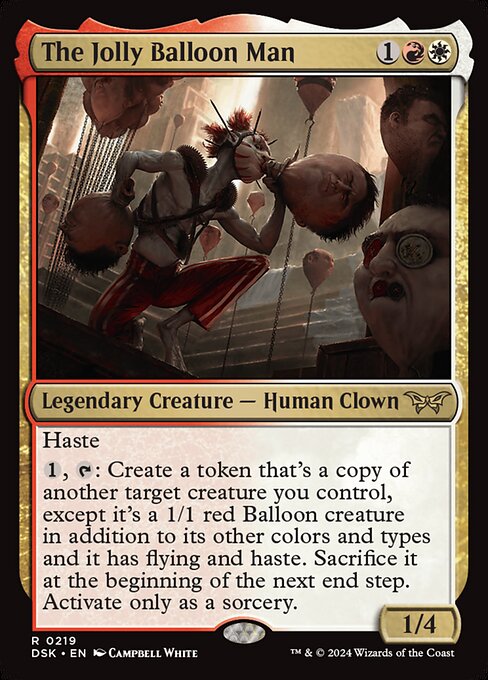Deck & Commander Strategies

Tiamat
Leverages powerful dragon synergy to ramp and tutor dragons, aiming to execute a Dragonstorm-based combo finish or utilize synergistic dragon interactions for a midrange control-combo hybrid approach.

The Jolly Balloon Man
Focuses on aggressive early plays with efficient creatures like Ragavan and disruption, controlling the board tempo while setting up for a potential combo or value engine.

Rona, Herald of Invasion
Utilizes combat damage triggers and value creatures to apply pressure and gain incremental advantage, leveraging her aggressive and disruptive red-based toolkit to overwhelm opponents.

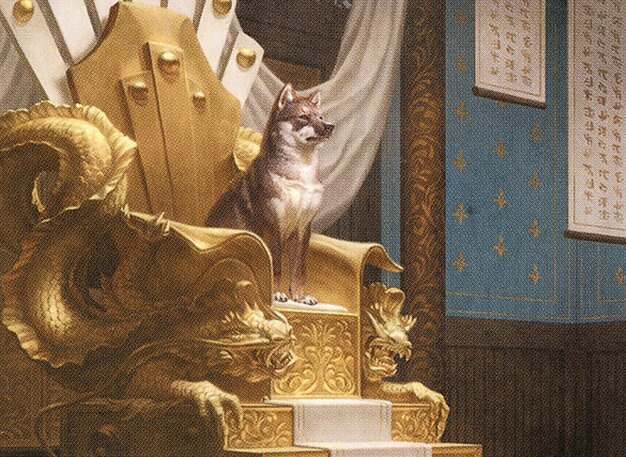
Thrasios, Triton Hero // Yoshimaru, Ever Faithful
Combines card advantage and combo potential by leveraging Thrasios’ and Yoshimaru’s synergistic abilities, focusing on assembling infinite mana or value engines to close the game.
Gameplay Insights
- 1
Early aggressive use of Ragavan put significant pressure on opponents, forcing difficult decisions about mana usage and defensive plays.
- 2
Leaving mana open during key turns was a critical strategic choice to maintain interaction and prevent opponents from easily executing combos.
- 3
The Tiamat player’s ability to tutor multiple dragons and dig for combo pieces with spells like Treasonous Ogre and Culling Ritual was pivotal in setting up the Dragonstorm finish.
- 4
Use of disruptive spells such as Vexing Bubble and artifact synergies via Kin the Great Creator influenced combat and board control dynamics.
- 5
Players balanced between building their own combos and disrupting others, highlighting the delicate interplay of aggression and defense in cEDH.
Notable Cards
-
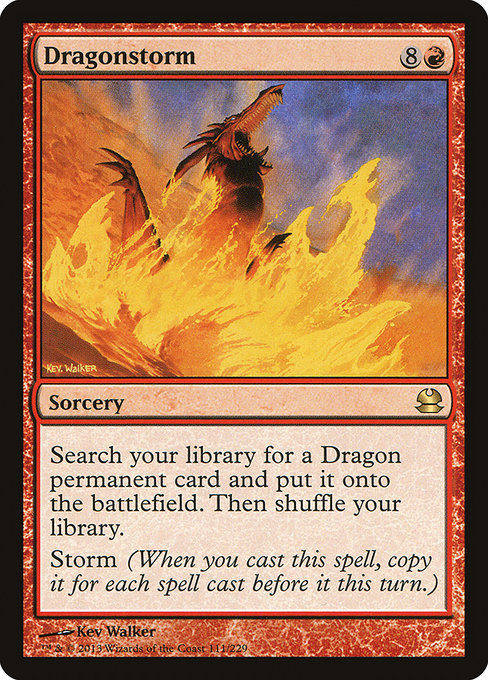
Dragonstorm
-
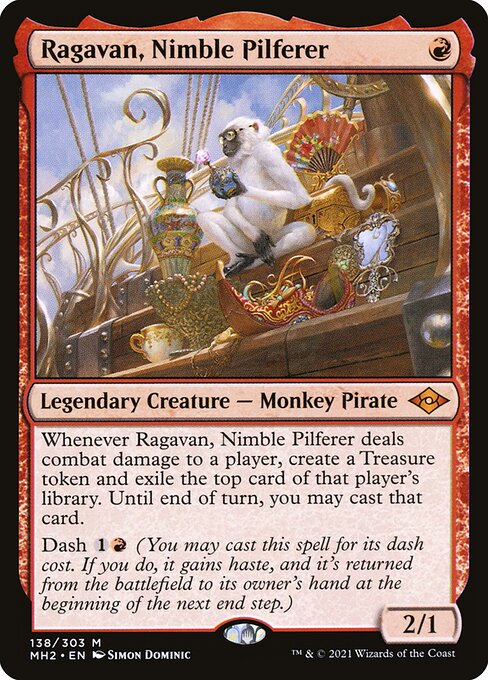
Ragavan, Nimble Pilferer
-
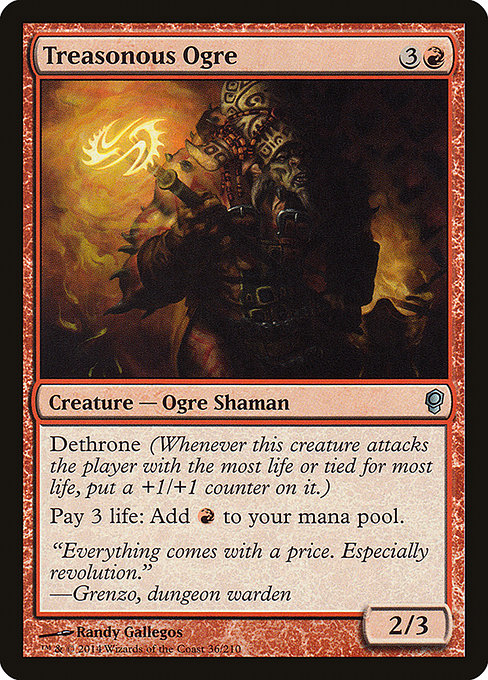
Treasonous Ogre
-

Culling Ritual
-
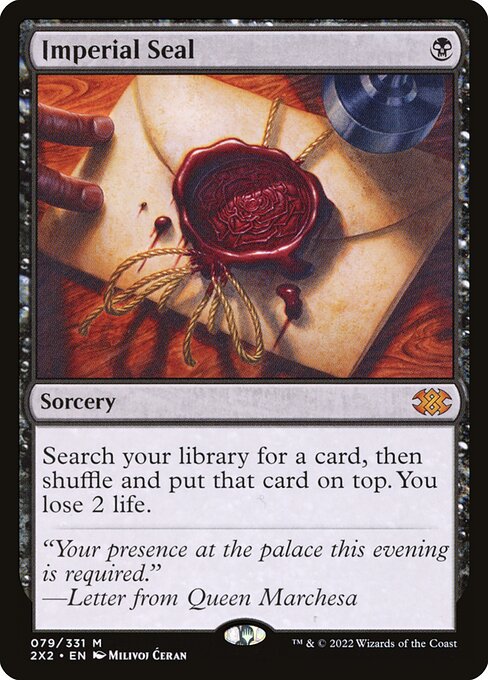
Imperial Seal
Gameplay Summary
The game featured a dynamic clash between four competitive decks led by Tiamat, The Jolly Balloon Man, Rona, Herald of Invasion, and a Thrasios/Yoshimaru combo.
Early turns saw aggressive plays including ramp and key tutors, with players rapidly developing their boards and setting up threats.
A notable moment occurred when a player used Ragavan effectively on turn one, creating early pressure and influencing opponent decisions.
The Tiamat deck leveraged its powerful dragon synergy and card advantage, aiming to assemble a Dragonstorm combo to overwhelm opponents.
Meanwhile, the other decks focused on disruptive interactions and efficient threats, looking to outpace the Tiamat's midrange power or the combo potential of Thrasios/Yoshimaru. Midgame pivoted on careful mana management and timing of key spells such as Vexing Bubble and Kin the Great Creator, which were used to manipulate the board state and protect combo lines.
The Tiamat player aimed to assemble a combo with Dragonstorm, supported by spells like Treasonous Ogre and Culling Ritual to dig for combo pieces.
At the same time, opponents attempted to apply pressure and disrupt these plans using removal and tempo plays.
The game highlighted the significance of leaving mana open to respond to threats and the tension between aggressive plays and defensive passes.
Ultimately, the game showcased the power and complexity of turbo dragonstorm lines in cEDH, alongside resilient strategies from the other commanders.


